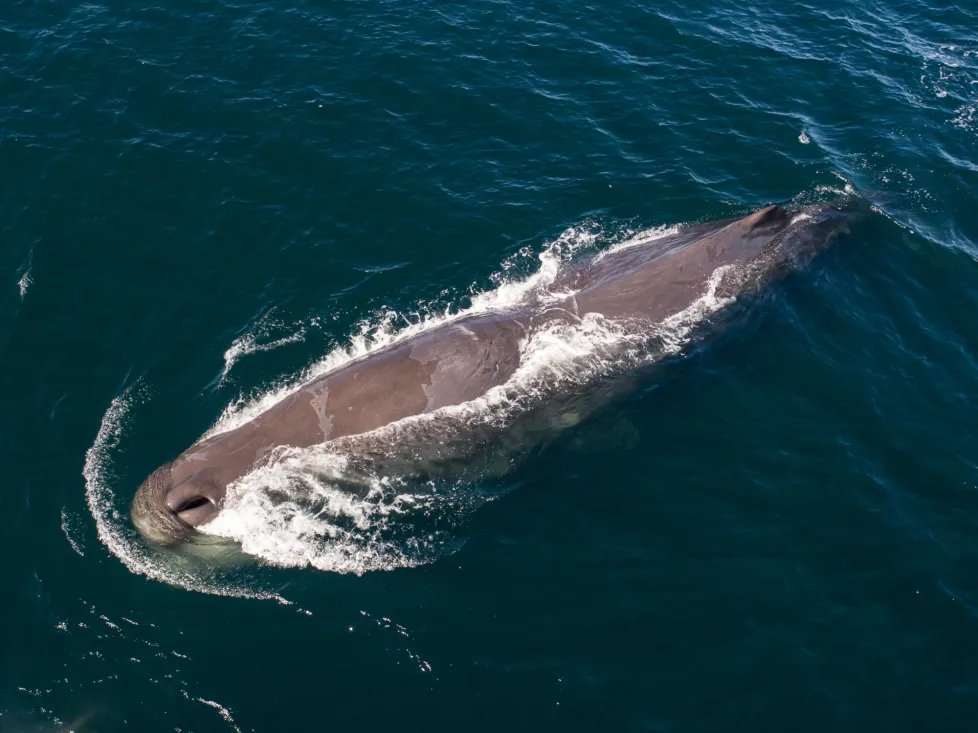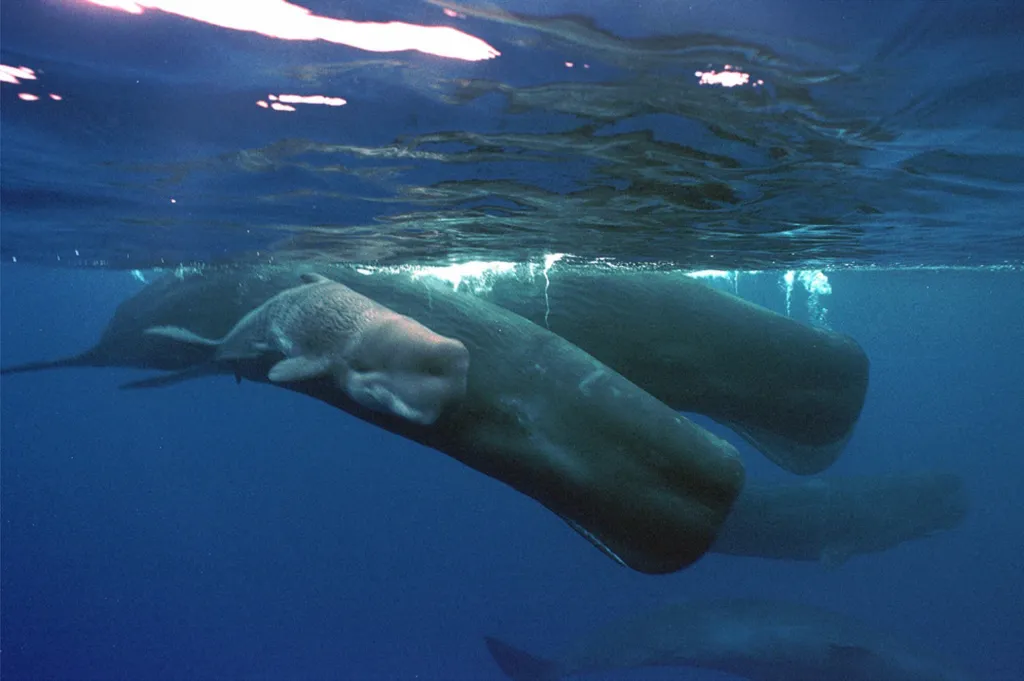Deep beneath the ocean surface off Central California, a unique clicking sound was detected by a hydrophone positioned along the continental slope. This underwater microphone relayed data back to the Monterey Bay Aquarium Research Institute, where Will Oestreich, a postdoctoral fellow with the U.S. National Science Foundation, was studying marine life.
Initially puzzled by the source of the noise, which began slowly and intensified into a creaking sound reminiscent of static, Oestreich’s investigation would lead to significant discoveries about the area’s elusive sperm whale population.
For over seven years, Oestreich utilized the hydrophone to monitor the sounds made by marine mammals, primarily blue and fin whales, capturing audio data at an astonishing rate of 256,000 times per second from distances up to 100 miles away. The hydrophone’s advanced capabilities allowed it to record a range of frequencies beyond human hearing.
Amidst a wealth of audio data, Oestreich discerned distinct clicks—sounds produced by sperm whales using echolocation to locate prey like squid or sharks in the dark depths of the ocean. This realization highlighted the presence of these endangered whales in a region where they are rarely seen.

Oestreich expressed excitement about the findings, noting that while sperm whales inhabit vast ocean areas, they are challenging to study due to their deep-sea lifestyles. The recorded clicks prompted questions about the regularity of their presence in Monterey Bay.
Notably, Oestreich’s research revealed that sperm whale vocalizations were much more frequent than previously understood, indicating these whales migrate through the area more often, particularly in late fall and winter. This observation contrasted with earlier data suggesting a peak in vocalizations during summer months in other regions like the Gulf of Alaska.
The research, published in the journal Movement Ecology, also involved the development of an algorithm to track the clicking sounds over multiple years. Each click, although exceedingly brief, provides valuable insights into the whales’ lives. Oestreich explained that this data serves as a tool for researchers to understand the behavior of these apex predators, which are vital to marine ecosystems.
The findings highlighted not only the sperm whales’ frequent visits to Monterey Bay but also a potential pattern of seasonal migration linked to ecological conditions that favor prey accumulation.
Furthermore, the study enabled researchers to identify individual whales based on the spacing of their clicks, allowing them to discern between adults, mothers with calves, and juveniles in the area. Oestreich noted the presence of unique vocal behaviors, including clicks related to reproduction and codas, which signify social group identities among the whales.
While the research is still in its early stages, Oestreich aims to expand the study using a broader network of acoustic recordings across the Pacific. This research is vital for conservation efforts, emphasizing the need to protect these marine giants from threats such as noise pollution and shipping traffic, particularly as sperm whale populations continue to recover from historical whaling impacts.

